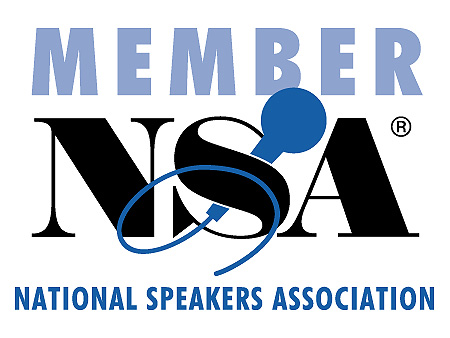 Send to Kindle
Send to Kindle“Be Careful!” Those words jumped out from a bumper sticker on the car I was passing. We were on the interstate, traveling at interstate speeds when I saw the bumper sticker. Of course I immediately wanted to know what I should be careful of, what danger I should avoid. Alas, the explanation, the valuable information that might save me, was written in very small letters, impossible to make out. So, I will never know what danger the car’s owner was cautioning me about.
We sometimes do this as leaders. We present our workers with a grand scheme, or some motivational slogan, then fail to help them understand what they need to do, or how they participate in success. This is one of the biggest failings of many strategic planning efforts. The leadership team creates a plan, complete with vision, mission, and goals. The final plan is distributed to the leadership team that helped create it, and that’s as far as it goes. The rank and file, those who will actually make the plan succeed or fail, never understand their contribution.
All parts of a strategic plan are important, but a step that’s often missed is communicating the plan. Each person in the organization must not only know the mission, but also why what they do is essential to mission success. While knowing the organization’s goals is important, people will not be truly engaged until they understand their part in meeting those goals.
The best method of communication for strategic planning is in two steps. First, the senior leader should present the plan to the entire organization. This should be an overview that has sufficient detail to provide clear understanding of the entire organization, yet not be so detailed that everyone walks away with a thorough understanding. That comes with the second step.
After the senior leader presents the entire plan, subordinate leaders then present the plan to their areas of responsibility. This time, the goals and objectives are covered in much greater detail. Each member of that particular part of the organization must be intimately familiar with the goals which they affect. At this time, the leader should encourage frank discussion, especially concerning objectives the leadership team set for goal completion. The workers, who are most familiar with the technical details of getting the job done, may have suggestions for improved objectives or changes to completion dates. The leader then takes this input back to the leadership team, allowing them to make the plan even more effective.
This communication method will go a long way to ensure employees are engaged in the organization’s success. I’ll never know what I was supposed to be careful of on the highway that day. Don’t put your employees in a similar situation.



